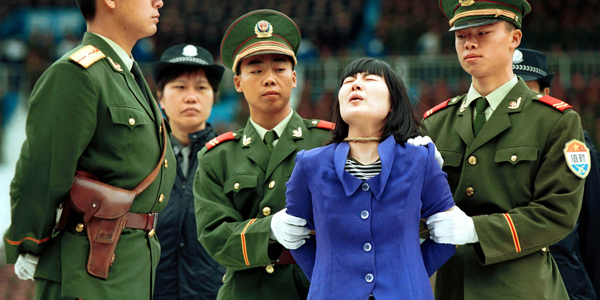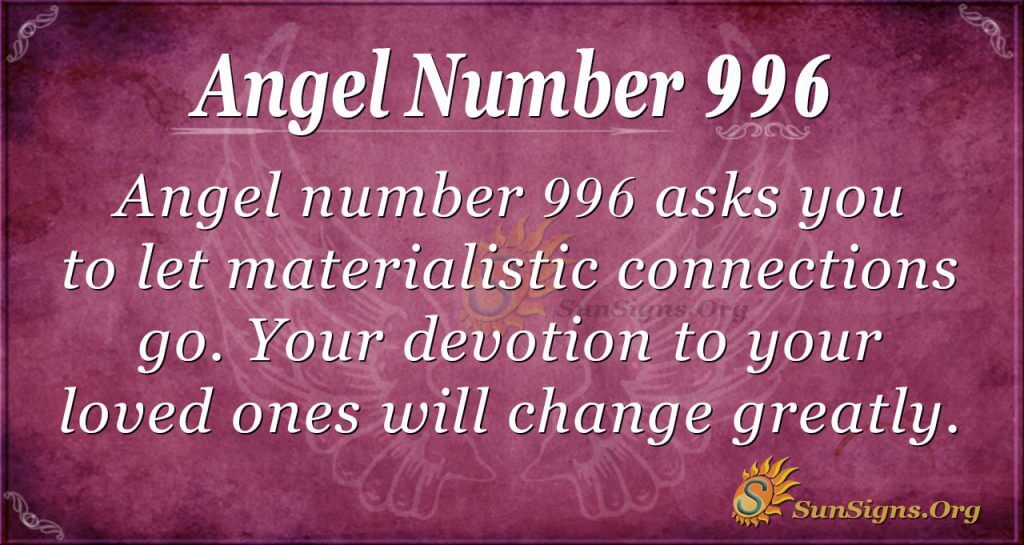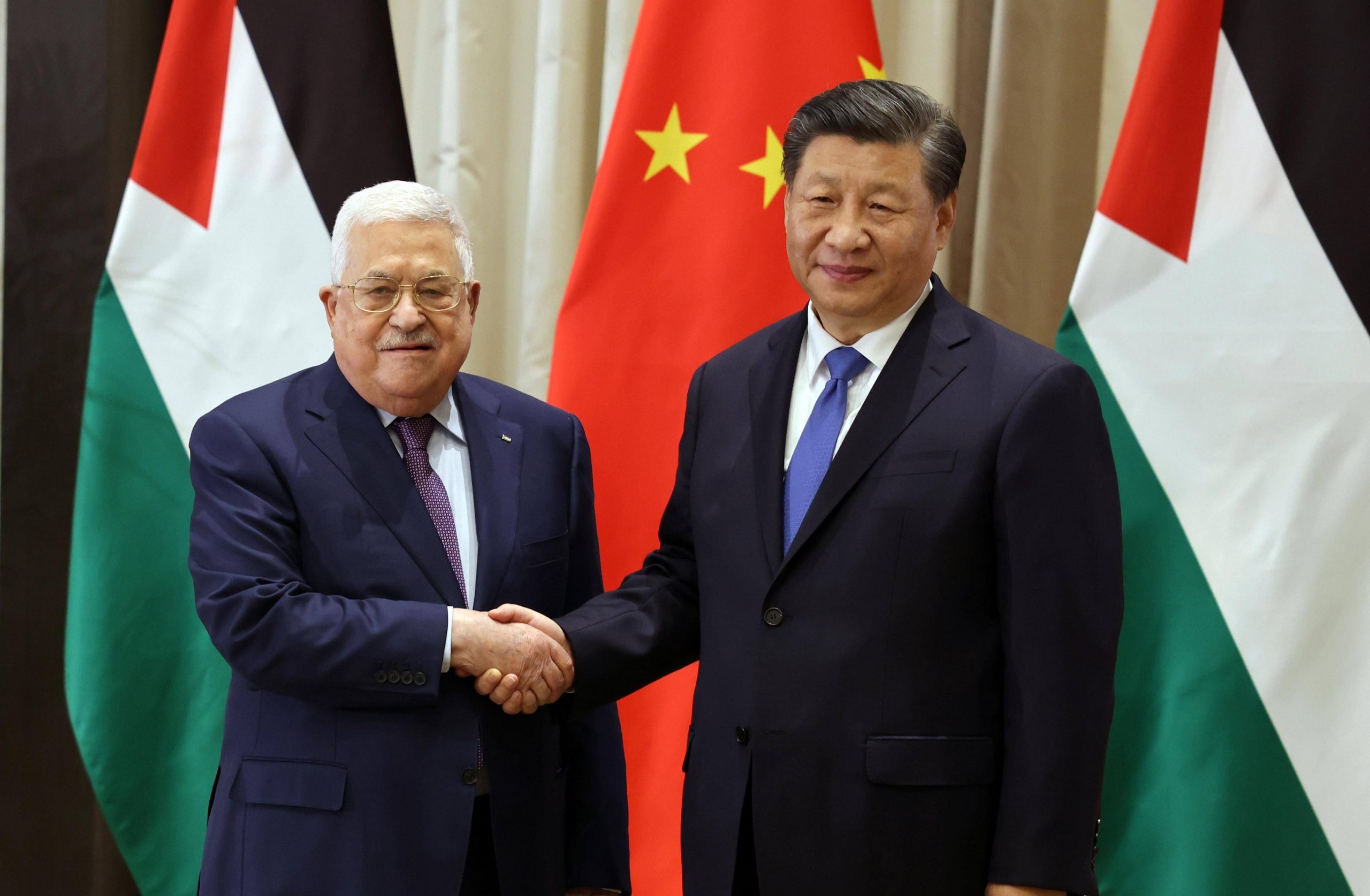Who owns Tibet now?

Many people are curious to know about the ownership of Tibet and who has control over the region currently. Tibet has a long and complex history, with various powers asserting their authority over the region at different points in time.
Historically, Tibet was a sovereign state with its own government and ruling authorities. The Tibetan government was abolished in 1951, following the Chinese invasion of Tibet. The Chinese government claims that Tibet is an integral part of China and has controlled the region ever since.
It is important to note that Tibet has been a point of contention for many years, with various political and social issues surrounding its ownership. The region has a unique cultural and religious heritage, with Tibetan Buddhism playing a significant role in the lives of its people.
In recent years, there have been calls for Tibetan independence and autonomy, with some groups advocating for the region to be granted independence from Chinese rule. However, the Chinese government has maintained a strong grip on Tibet, imposing strict controls and restrictions on its people.
Today, Tibet is officially known as the Tibet Autonomous Region (TAR) and is governed by the People's Republic of China. The region is a highly sensitive issue for the Chinese government, with any efforts to challenge its authority met with swift and severe repercussions.
Overall, the question of who owns Tibet remains a controversial and divisive issue, with no easy answers or solutions in sight. The region's complex history and strategic importance make it a key focus for international relations and diplomacy.




